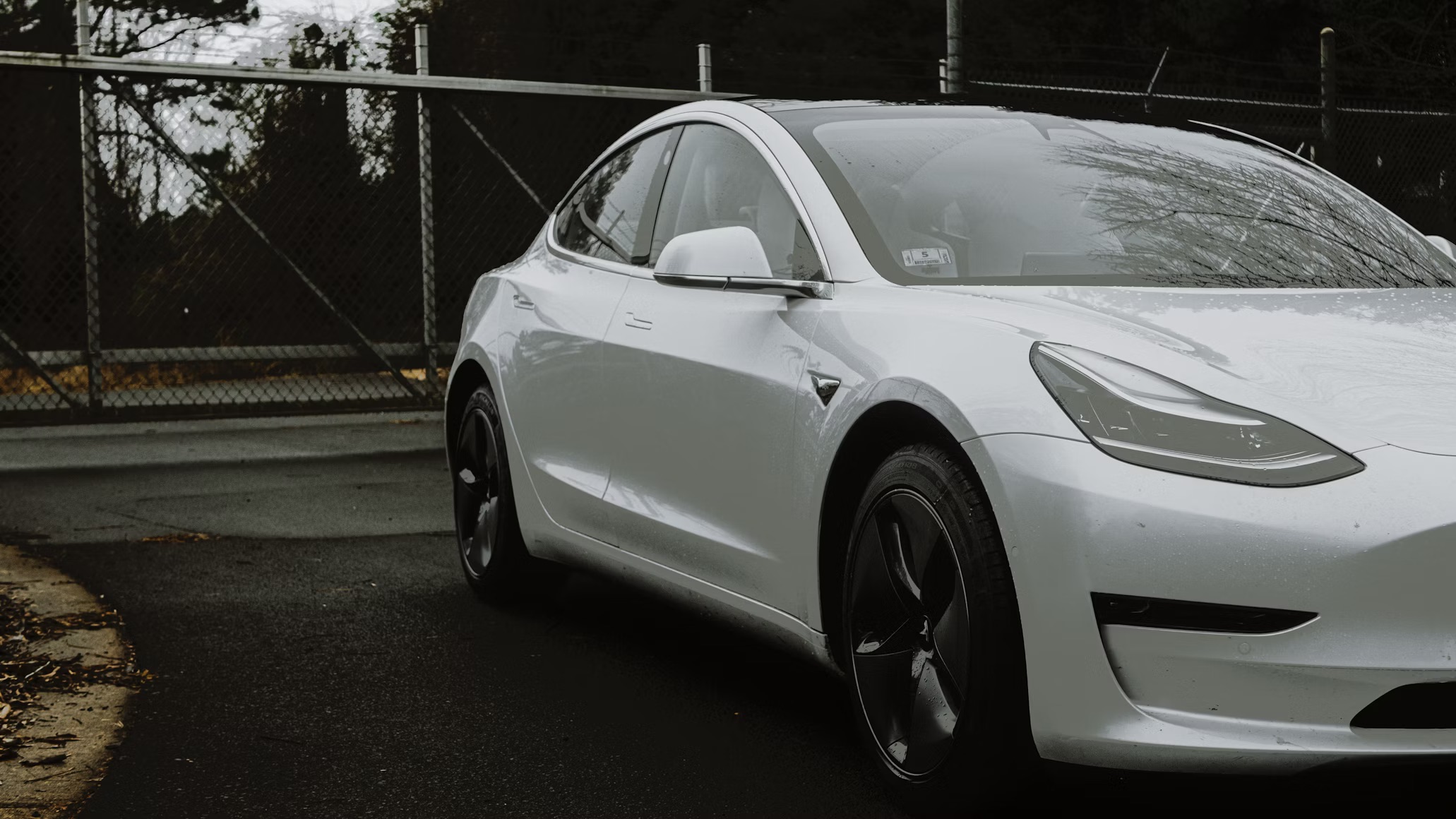
Tesla has unveiled cheaper “Standard” versions of two of its most popular cars in the U.S. in an attempt to boost sales following the expiration of a key federal EV tax credit. However, the announcement was met with an unenthusiastic response from investors, causing the carmaker’s shares to tumble by about 4%.
Pricing Underwhelms the Market
The new versions of the Model Y mid-sized SUV and Model 3 sedan are priced at $39,990 and $36,990, respectively—a reduction of only about $5,000 compared to their previous counterparts. This minimal discount underwhelmed investors who had been hoping for a more aggressive price cut, especially since CEO Elon Musk had previously teased a fully dedicated, cheaper EV priced at $25,000 before abandoning those plans last year to focus on ventures like robotaxis and humanoid robots. As macro analyst James Stanley of StoneX noted, Wall Street’s reaction was the downside of Musk’s tendency to get people “to really focus on the future,” calling the widely anticipated lower-cost EV a predictable announcement.
Market Pressures on Core Business
Despite Musk’s frequent focus on artificial intelligence ventures, Tesla still relies heavily on its core car manufacturing business, which is facing mounting pressure. Challenges include the loss of the significant $7,500 U.S. federal EV tax credit, which expired at the end of September (effectively causing Tesla prices to increase by that amount for buyers this month), rising competition from Chinese carmakers, and public backlash earlier this year against Musk’s involvement in the Trump administration.
These factors have already impacted the company’s financials. In July, Tesla reported that its sales fell by 12% in the second quarter, totaling $22.4 billion—its biggest drop in at least a decade—following a 14% plunge in deliveries. Although Tesla reported record sales in the last three months, analysts attributed this boom to consumers rushing to buy before the government subsidy expired. Tesla executives have acknowledged that the end of the tax credit is likely to hurt the business. The newly released, stripped-down “Standard” models, which will lack certain features found in costlier variants, are specifically aimed at offsetting the resulting loss of demand. Furthermore, the company’s last major vehicle launch, the Cybertruck, has had lackluster results, logging only about 52,000 U.S. sales since its 2023 deliveries began.
Author’s Opinion
The cautious $5,000 price cut on the new “Standard” models reveals a strategic dilemma: Tesla is trying to boost sales volume without sacrificing the profit margins needed to fund its multi-billion-dollar AI and robotics ambitions. By stripping these cheaper models of non-essential features, the company ensures that every vehicle sold remains equipped with the necessary hardware for its eventual Robotaxi network. The muted stock reaction reflects investor uncertainty about whether this incremental strategy is enough to sustain demand after the tax credit’s expiration, suggesting Wall Street needs proof that Musk can execute on his grand AI vision while simultaneously defending the cash engine of his core, increasingly challenged, car business.
Featured image credit: Eugene Kucheruk via Unsplash
For more stories like it, click the +Follow button at the top of this page to follow us.
